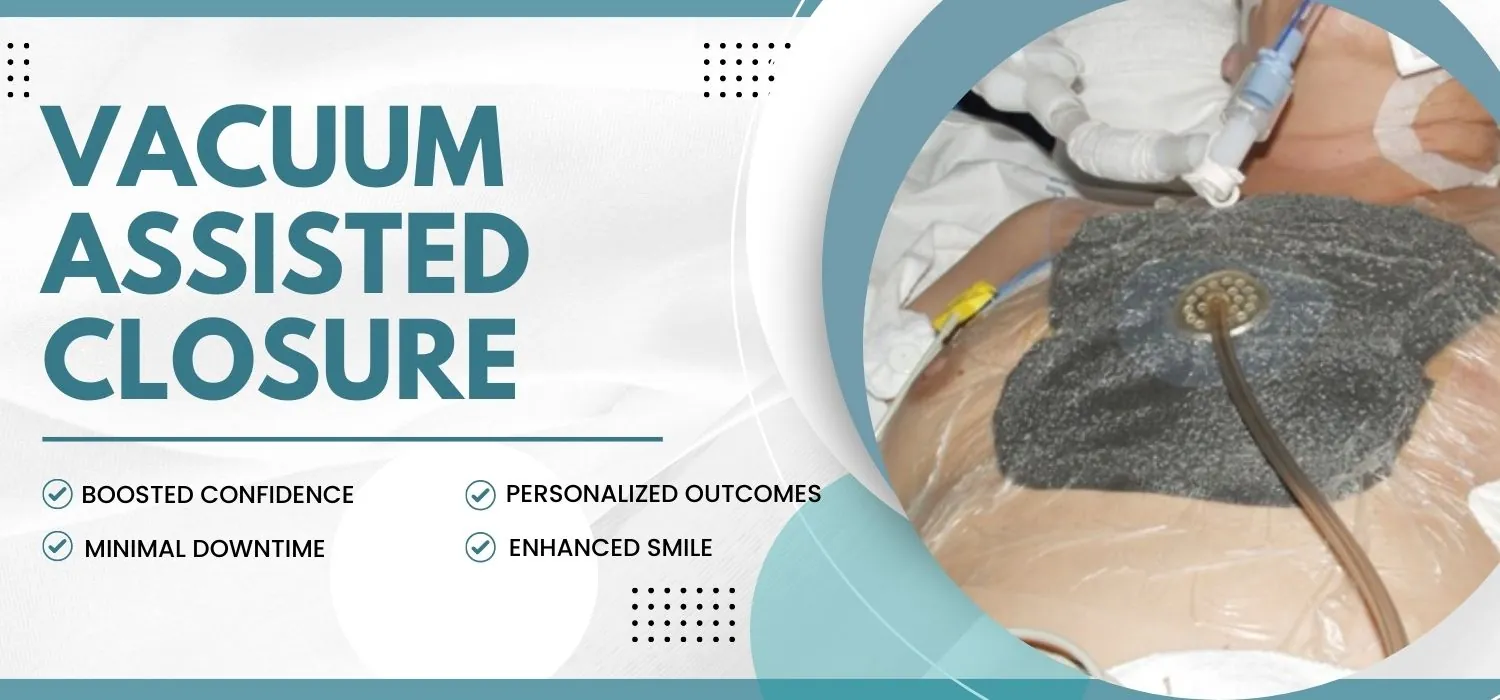
All Insurance Covered
( Cashless / Reimbursement )
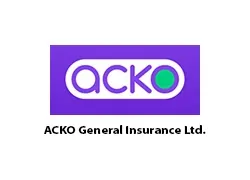

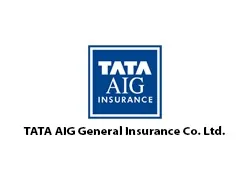







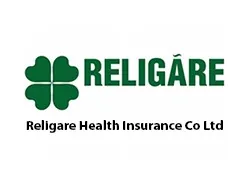


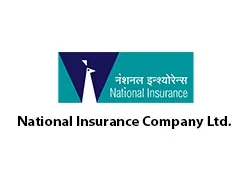


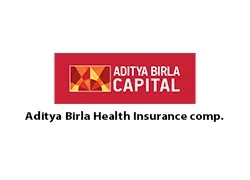
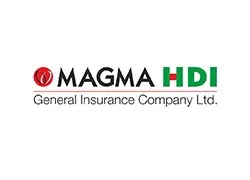
Vacuum Assisted Closure (VAC) Therapy In India
If You are looking for the Vacuum Assisted Closure (VAC) therapy in india then star hospital provides you the best Vacuum Assisted Closure therapy for the treatment of chronic wounds. This is the new advancement in the medical technology that has been used for the faster recovery of the chronic wounds this therapy is also known as the negative pressure wound therapy under this special kinds of vacuums are designed for the treatment of wounds so star hospital is also providing you the negative pressure wound therapy in india.
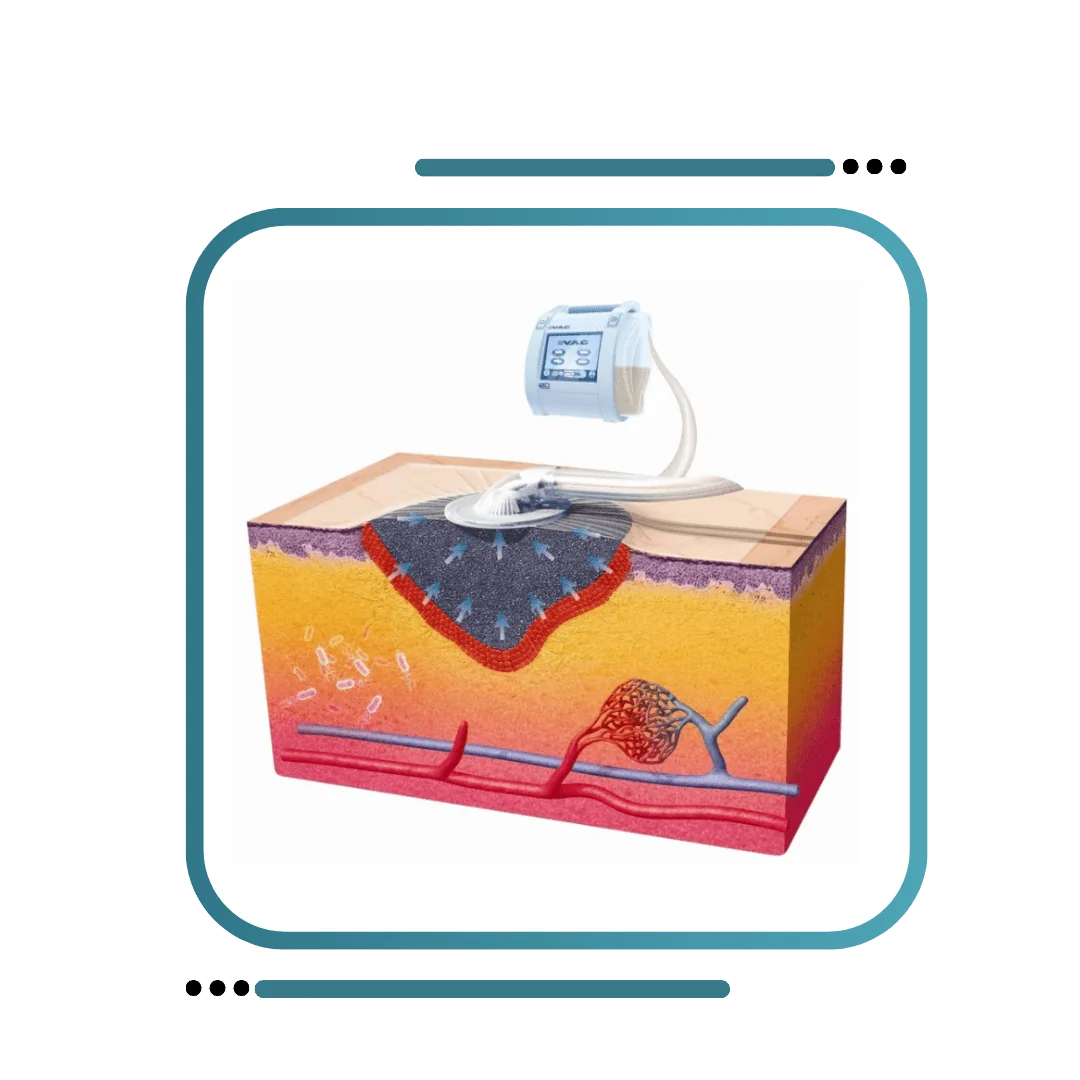
Chronic Wound Management In India
Are you looking for Chronic Wound Management in india A chronic wound is a deep wound that takes time to heal, and sometimes it doesn’t heal at all, leaving non-healing skin. Wounds can take a significant period to heal due to underlying health conditions. Chronic wounds can drain blood and fluids from the skin, leading to various skin problems that can adversely affect overall health. Unfortunately, some chronic wounds resist treatment or medication. However, there’s no need to worry because Star Hospital in Jalandhar is the best facility to address these types of issues. Star Hospital boasts an experienced team of doctors equipped with state-of-the-art tools. Patients who have suffered from these painful, unhealing health problems now find themselves happy and healthy thanks to our exceptional treatment methods.
Neat & Clean Rooms
Spotlessly clean, profoundly caring. Our hospital ensures a pristine environment for your well-being
Modern Equiments
Our hospital has advanced technology gadgets and the best equipment in every field.
City Centre Location
Conveniently located at the heart of the city, our hospital offers easy access and exceptional care in a prime city center location

Treatment of Chronic Wounds In India
One of the prominent treatments for Chronic Wound Management in india is Vacuum Assisted Closure (VAC) therapy. VAC serves as a therapeutic method that alleviates pain. Our doctors provide essential guidance and recommend treatment options to relieve chronic wound pain. They differentiate between effective methods for managing chronic wounds and those that should be avoided. VAC, also known as Negative Pressure Wound Therapy (NPWT), is a medical technique employed to facilitate wound healing by applying controlled negative pressure to a wound or surgical incision.
Procedure of vacuum-assisted closure (VAC) treatment
If you or someone you know requires Vacuum Assisted Closure (VAC) Therapy In India, it’s recommended to consult a healthcare provider for proper guidance and care.
Preparation:
Healthcare professionals assess the wound to determine the suitability of VAC therapy, typically employed for challenging-to-heal wounds like chronic ulcers, surgical wounds, or psychological injuries.
Cleansing and Dressing:
The wound undergoes thorough cleaning and dressing with specialized materials designed for VAC therapy, creating a seal around the wound.
Attachment of the VAC Devices:
A specialized VAC device provides controlled negative pressure. Different settings on the machine control the applied negative pressure. A tube connects the dressing to the VAC machine.
Sealing the System:
The dressing is sealed with adhesive film, ensuring an airtight seal. The tubing connects to the machine, which is then activated.
Negative Pressure Application:
The VAC machine generates controlled negative pressure in the wound area through the tubing connected to the dressing. This aids in fluid removal, reduces swelling, and enhances blood flow to the wound.
Continuous Monitoring:
Healthcare professionals regularly monitor the patient and wound to ensure the effectiveness of VAC therapy. Dressings may require periodic changes based on wound condition.
Wound Healing:
Controlled negative pressure over time stimulates the growth of granulation tissue, facilitating wound closure.
Discontinuation:
When significant improvement is observed, the healthcare provider decides when to discontinue VAC therapy, considering wound progress and patient health.
Advantages of vacuum-assisted closure
Here are some advantages for the Vacuum Assisted Closure (VAC) Therapy In India all are given as follows.
Enhanced Wound Healing:
VAC treatment accelerates wound healing by promoting tissue repair and regeneration.
Reduction of Excess Fluid:
Vacuum-assisted procedures remove wound fluid, reducing swelling and promoting healthier tissue regeneration.
New Tissue Formation:
VAC encourages the formation of new tissue, containing red blood cells that aid in faster healing.
Reduced Risk of Infection:
By eliminating excess blood and promoting wound cleanliness, VAC reduces the risk of infection.
Pain Reduction:
Vacuum-assisted closure treatment minimizes patient discomfort by removing wound fluid and promoting continuous healing.
Methods and Tips for Chronic Wounds
Here are some methods for the treatment of the chronic wounds management in india which are as follows
Cleanliness and Infection Control:
Clean the wound gently with mild soap and warm water, using an appropriate antiseptic as advised by a healthcare professional to prevent infection.
Wound Dressings:
Use suitable dressings based on the wound type, consulting a healthcare provider for recommendations.
Moist Wound Healing:
Many chronic wounds heal better in a moist environment, so seek advice from a healthcare provider regarding wound moisture management.
Debridement:
Remove dead or infected tissue from the wound to promote healing through methods like sharp debridement, enzymatic debridement, autolytic debridement, or mechanical debridement.
Offloading Pressure:
Use appropriate footwear, casts, or offloading devices to reduce pressure on weight-bearing wounds.
Nutrition:
Maintain a balanced diet rich in vitamins, minerals, and protein, consulting a healthcare provider or dietitian for personalized advice.
Address Underlying Conditions:
Treat any underlying medical conditions that may hinder wound healing and follow prescribed treatments and medications.
Control Blood Sugar Levels:
If you have diabetes, keep your blood sugar levels within a healthy range to aid wound healing.
Regular Monitoring:
Keep a close watch on the wound’s progress and be vigilant for signs of infection, increased pain, or other concerning symptoms.
Contact us today if you want to book an appointment.
